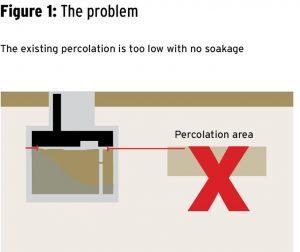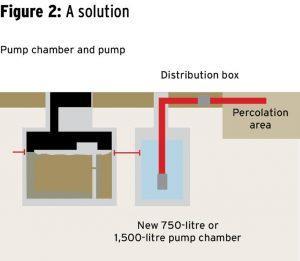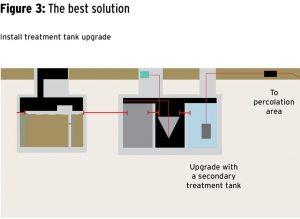All Domestic waste water treatment systems, such as septic tanks, collect, treat and discharge waste water from households that are not connected to public sewer systems. This waste water includes water which comes from toilets, showers, sinks, washing machines, dishwashers, etc.
How to register my septic tank
The following steps should be taken to register a septic tank:
- Find your local authority in Ireland on this link – Find My Local Authority.
- Visit protectourwater.ie where you can register and pay online. The cost of registering is €50.
- They will provide you with a Registration Certificate
Note:
- If it is a replacement systems and you have the initial system registered, you do not need to be re-registered.
- You must register a new system within 90 days of being commissioned
- If you are looking into getting a grant to repair or replace your treatment system in the future, your treatment system must be registered within a certain timeframe.
- Your system can be inspected in order to prevent any risk to the public and the environment. If you do not register your system and are convicted, you could be fined up to €5,000.
Can my septic tank be inspected?
Your waste water treatment system can be inspected by the local authority. They write and provide at least ten working days’ notice before the inspection.
If your waste water system is going to be inspected, you should have the following ready:
- Your waste water systems Registration Certificate
- Know where your waste water treatment system is located on your grounds
- Ensure you have any paperwork provided about your system’s installation or maintenance
- You can ask for the inspectors identification. Inspectors are appointed by the Environmental Protection Agency (EPA) and must show you if asked.
Read more on the Citizens Information Website.
What happens during the inspection?
- When the inspector arrives they will show you their ID card and authorisation, and ask you some basic questions about your system.
- They may look at your registration certificate and other paperwork.
- They will check manholes and pipework for leaks and that there isn’t an excess of sludge in the system.
- The drains will be checked to ensure that wastewater and greywater are entering the system where they can be treated, and that roofwater and surfacewater are not entering the tank as that may cause flooding.
- The percolation area will be checked for signs of ponding, as well as nearby ditches and drains for discharge pipes and signs of pollution.
- The system will also be checked for nuisance odours and noise.
What happens after the septic tank inspection?
If the inspection shows that the treatment system is working properly, you will receive a copy of a report confirming compliance in the post. If the inspection finds problems, they will tell you immediately. You then receive a copy of a report with an Advisory Notice within 21 days of the inspection and this will inform you of the following:
- if system poses a risk to human health or the environment
- if your system contravenes regulations
- inform you of the reasons why they have reached this conclusion
- direct you to remedy the matters specified in the notice by a specified date.
You may need to seek expert technical advice, in order to comply with the Advisory Notice. You can then have the system re-inspected for a fee of €20, which may result in The Advisory Notice being confirmed, amended or cancelled.
In certain circumstances, you may be granted a time extension by the local authority for completion of remedial works, if the reason is valid.
You may be eligible for a grant to assist with the cost of fixing any problems identified during the inspection (see below).
After the inspections, if your treatment system is working properly, you will get a certificate to confirm this. If the inspector finds any issues with your system, you will receive an advisory notice within 21 days of the inspection. This notice will outline the problems with your system and give you a certain amount of time to fix them. You may be able to get a grant to repair or upgrade your system.
EPA Leaflet on what to expect during a septic tank inspection.
Download the EPA leaflet about septic tank inspections here.
Can I get a grant to repair or replace my system?
You may be able to get a grant to repair, upgrade or replace your waste water treatment system. You can apply for funding for 85% of the cost of the repairs to your system or a new system, up to a maximum of €5,000.
To qualify for these grants your treatment system must have been registered by 1 February 2013. If the treatment system was installed after this date, registration must have been completed within 90 days of the system being connected.
There are 3 different waste water treatment grant schemes. Read more on gov.ie about who qualifies and how to apply.
Grants are not available for routine maintenance, servicing or desludging of treatment systems.
Get in touch with us today – simply complete the contact form below and we will get back to you asap.

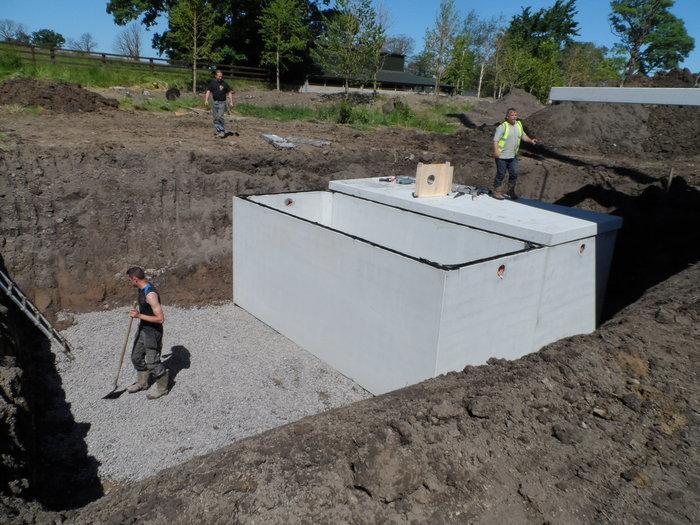
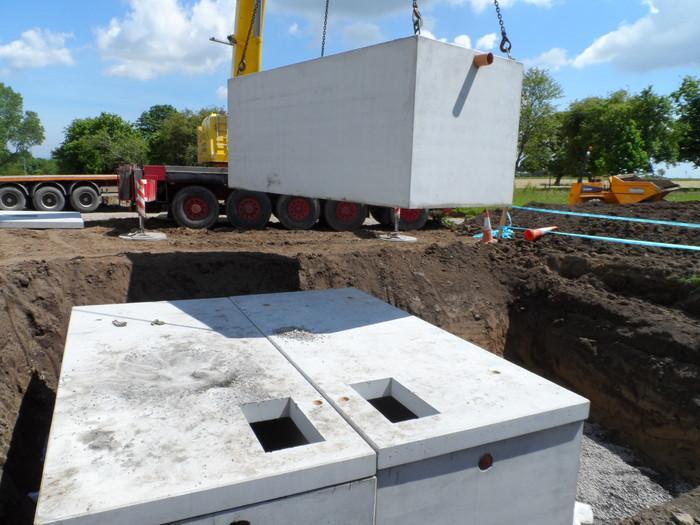
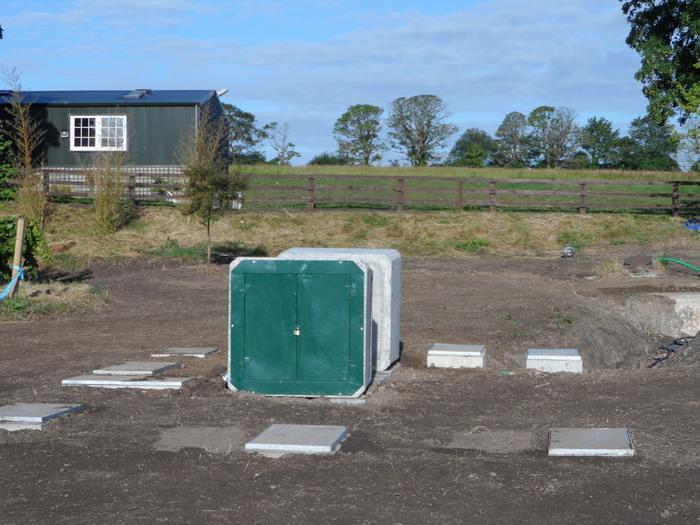
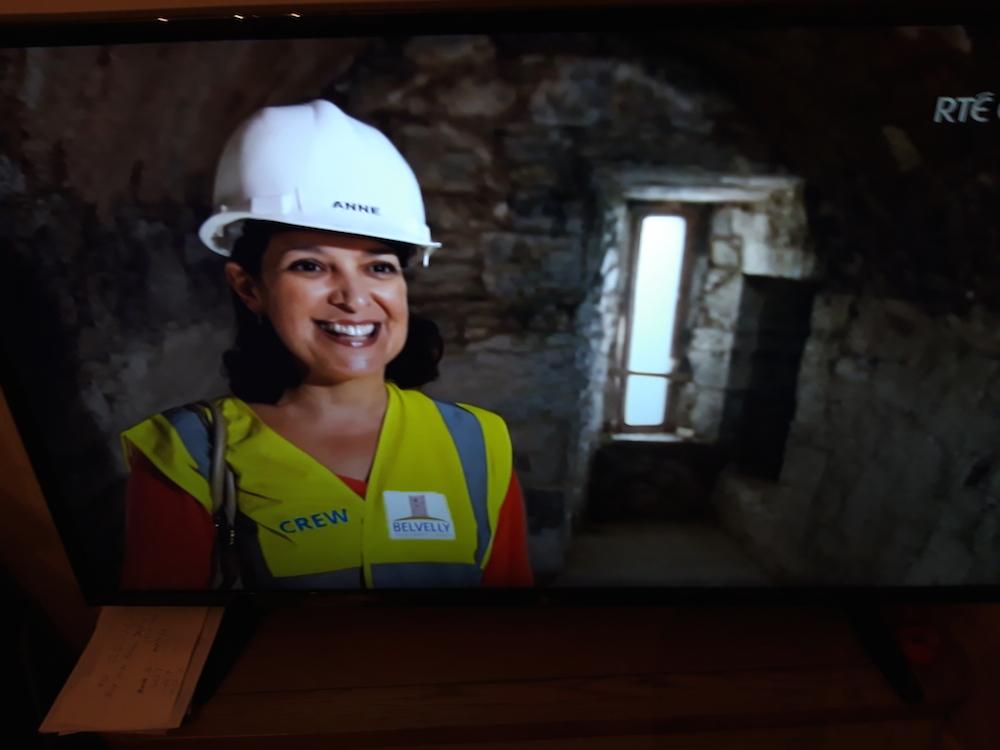
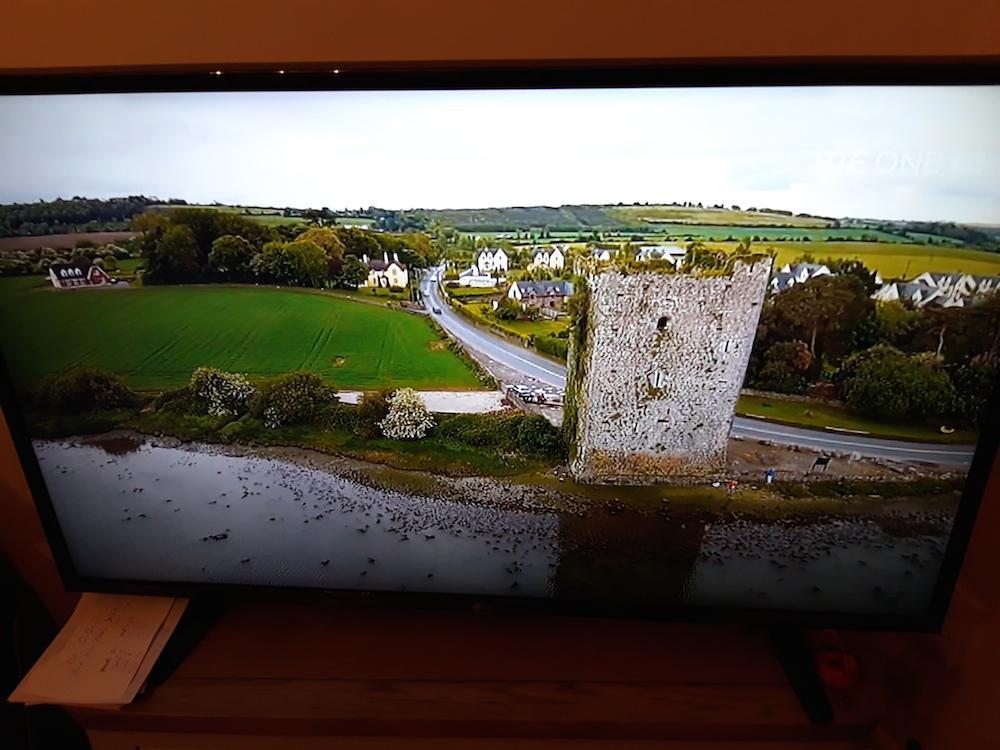
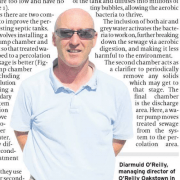 Diarmuid O’Reilly, managing director of O’Reilly Oakstown, a wastewater treatment company based in Trim, Co Meath, says many of the sewage treatment systems in rural areas are not performing as they should.
Diarmuid O’Reilly, managing director of O’Reilly Oakstown, a wastewater treatment company based in Trim, Co Meath, says many of the sewage treatment systems in rural areas are not performing as they should.